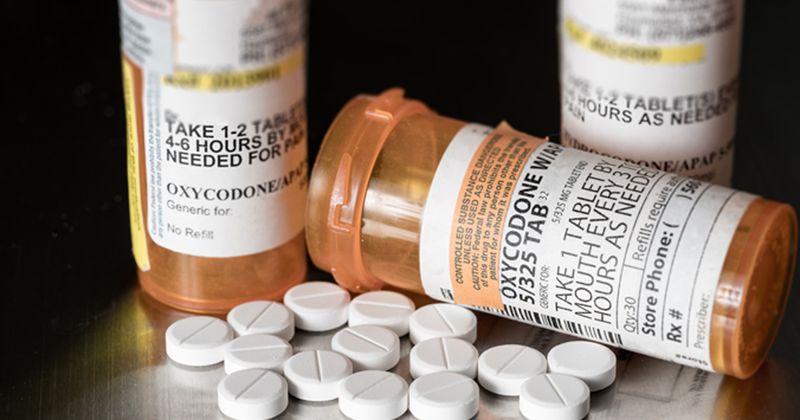Multimodal opioid-sparing protocol may reduce opioid use after shoulder, knee surgery
A multimodal opioid-sparing pain management protocol may significantly reduce patients’ opioid consumption after arthroscopic shoulder or knee surgery compared with standard opioid prescribing, according to published results.
“Our results show that the multimodal opioid reduction strategy used in the study was effective in reducing the amount of opioids prescribed and used by about tenfold each among patients undergoing minimally invasive (arthroscopic) knee and shoulder surgery, without a difference in pain levels or patient satisfaction,” Olufemi R. Ayeni, MD, PhD, told Healio.

Ayeni and colleagues randomly assigned 200 patients undergoing either outpatient arthroscopic shoulder or knee surgery from March 2021 to March 2022 to receive a prescription of naproxen, acetaminophen and pantoprazole; a limited rescue prescription of hydromorphone; and a patient education infographic (opioid-sparing group; n=100) or the current standard of care determined by the treating surgeon, which consisted of an opioid analgesic (control group; n=100). Researchers considered postoperative oral morphine equivalent consumption at 6 weeks as the primary outcome and considered pain, patient satisfaction, opioid refills, quantity of oral morphine equivalents prescribed at the time of hospital discharge and adverse events at 6 weeks postoperatively as secondary outcomes.


Overall, 97% of patients completed the trial, of whom 98 patients received standard care and 95 patients received the opioid-sparing protocol. Results showed patients in the opioid-sparing group consumed significantly fewer opioids compared with patients in the control group. Researchers found no significant differences between the two groups in four of the secondary endpoints, with the standard care group prescribed a mean amount of oral morphine equivalents of 341.2 mg compared with 40.4 mg in the opioid-sparing group. Although the two groups had no significant differences in adverse events at 6 weeks, researchers noted 32% of patients in the standard care group reported medication-related adverse effects vs. 19% in the opioid-sparing group.


“This study is impactful given how common these surgeries are across the globe (more than 1 million cases per year in the U.S. and more than 100,000 per year in Canada). These results may shift prescription practices to reduce opioid prescription and use, thereby reducing patient exposure and, by extension, the potential for dependency on opioids,” Ayeni said. “Furthermore, by reducing the number of opioids prescribed, we can collectively reduce the development of a reservoir of unused medications that can cause harm to many in society. The efforts also highlight the potential for impactful research through collaboration as the investigative team included the expertise of orthopedic surgeons and trainees, nurses, pharmacists, anesthesiologists and, of course, patients.”


